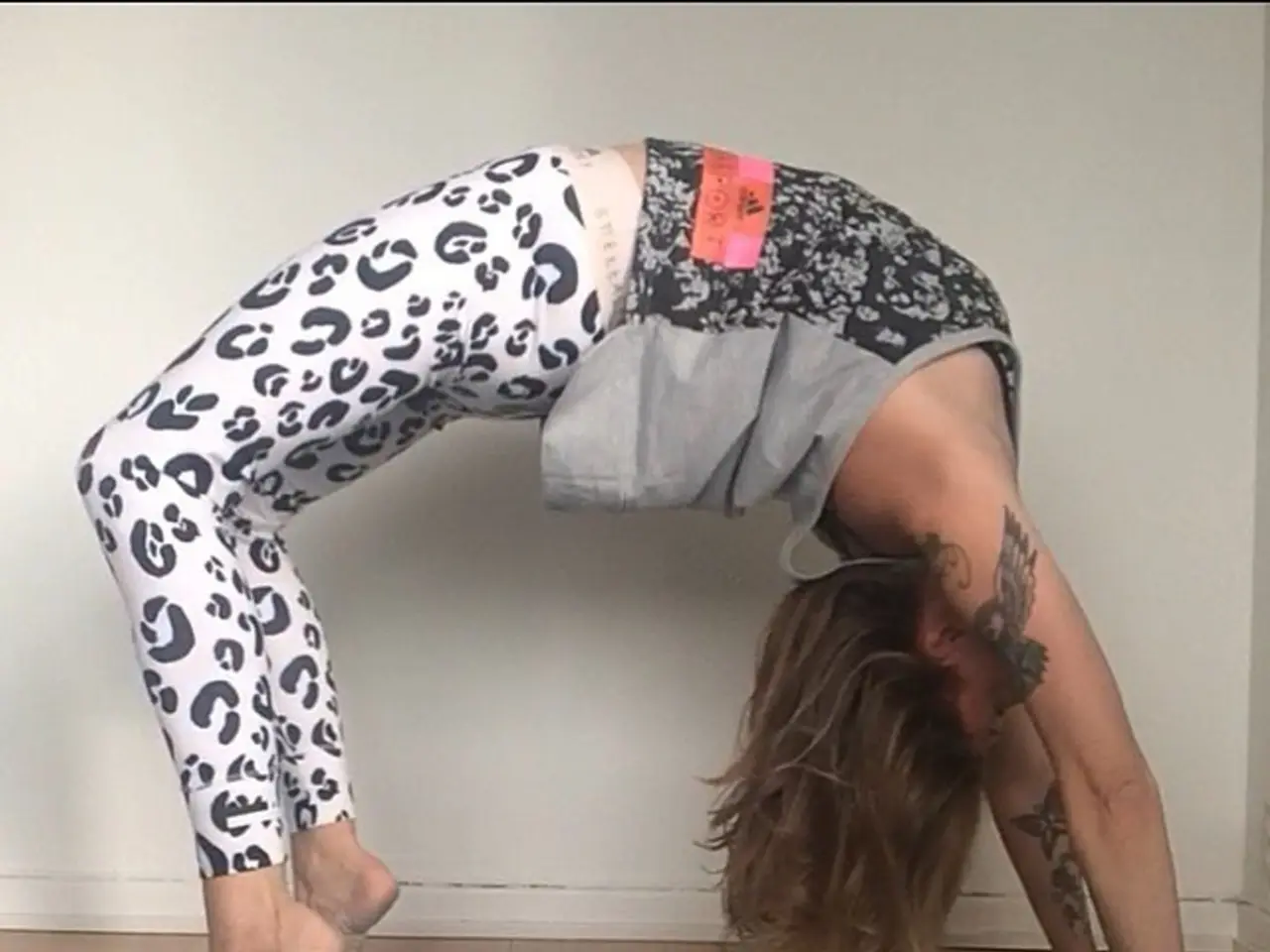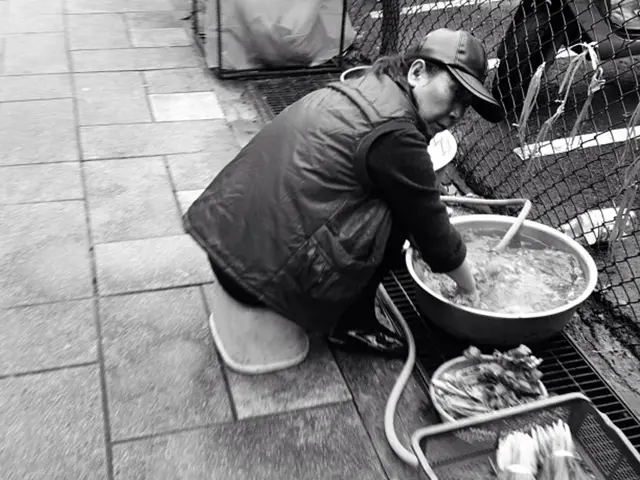Yoga Posture: Achieve Tranquility with This Revitalizing Arch Backward Bent (Bridge Pose)
The Supported Bridge Pose, also known as Setu Bandha Sarvangasana, is a beginner-friendly backbend that offers numerous benefits. This pose, when done correctly, can help improve deep abdominal muscle thickness, enhance relaxation, and even alleviate back pain.
Getting Started
To begin, start with a light warm-up. Lie on your back, bend your knees, and press down on your feet and palms. Lift your hips towards the ceiling, roll your shoulders, clasp your hands together, and hold the pose for 30 to 60 seconds.
With a Yoga Block
For those who may require additional support, the Supported Bridge Pose uses a yoga block. Place the block at its most narrow width between your knees or inner thighs. Lightly squeeze the block between your legs as you press your feet firmly into the floor and lift your hips. Clasp your hands together and move them so that they are underneath your back. Hold the pose for the recommended time, maintaining your breathing and continuing to squeeze the block. Slowly lower your hips to the ground, vertebrae by vertebrae, until you're on the floor.
Tips for Perfection
To look like a pro in Bridge Pose, remember to press into your feet, keep them parallel, avoid clenching your buttocks, maintain steady breaths, and keep your head in one spot.
Benefits and Cautions
This pose is considered a mild inversion by the International Journal of Trend in Scientific Research and Development, offering benefits such as relief from anxiety, stress, mild depression, insomnia, and fatigue. However, it's important to exercise caution, especially if you're not very familiar with yoga, and to consult a physician if you have any preexisting health conditions.
Variations and Precautions
The Supported Bridge Pose can be made more restorative by turning a yoga block to the height you find most comfortable. On the other hand, some individuals should avoid Bridge Pose completely if they have recently undergone brain, back, neck, shoulder, or spinal surgery, have a slipped disc or other severe back injury, have high blood pressure, deal with a lot of neck pain, have extremely weak knees or have recently undergone knee replacement surgery.
Additional Benefits
Bridge Pose stretches chest and hip flexors while strengthening muscles in the back and legs. It also helps ease back pain and restore posture. Furthermore, a study found that practicing Bridge Pose can benefit women who wear high heels by preventing back pain.
Historical Roots
The origin of the yoga pose Setu Bandha Sarvangasana is rooted in ancient Hatha Yoga texts and traditions, where it is described as a bridging posture to open the chest and strengthen the spine.
In conclusion, the Supported Bridge Pose is a versatile and beneficial yoga pose that can be tailored to various levels of experience and physical conditions. Always remember to consult with a healthcare professional before starting any new exercise regimen.








